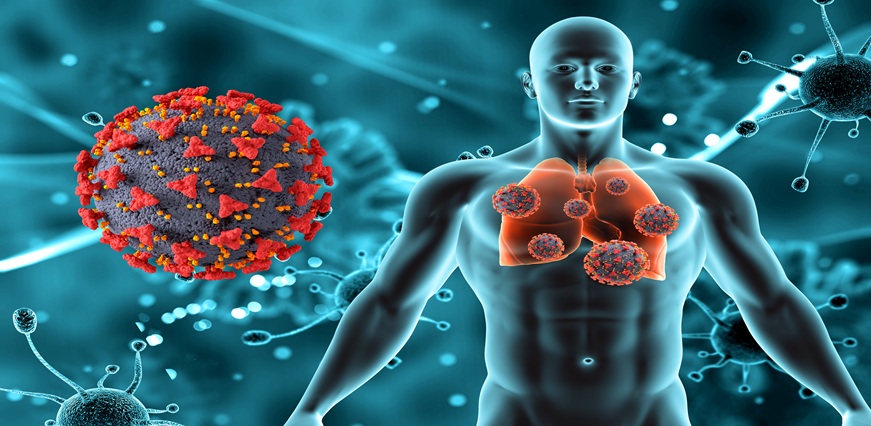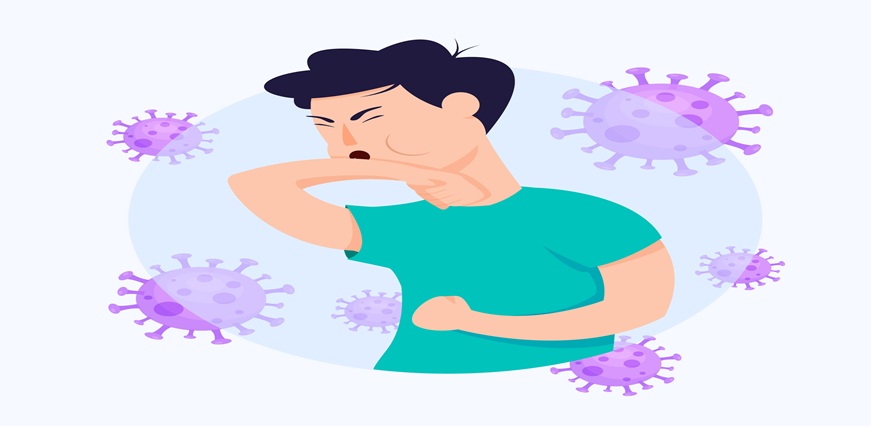Seizures are a common occurrence in people with epilepsy. The body experiences abnormal brain activity and oscillations that temporarily interrupt signals to the muscles, causing uncontrolled movements or changes in sensation.
It's important to note that a seizure can be caused by anything, whether it's from epilepsy, from high fever, low blood sugar levels or alcohol withdrawal. Nevertheless there are many treatments that you can go through to lower the risks of seizures.
What is a Seizure?
A seizure is a sudden, uncontrolled electrical disturbance in the brain. It can cause changes in your behavior, movements or feelings, and in some cases, loss of consciousness.
Seizures are generally classified into two categories
- Focal seizures originate in one area of the brain and may not result in loss of consciousness.
- Generalized seizures involve the entire brain and often cause loss of consciousness.
Causes of Seizures
There are many possible causes of seizures. Some people have a genetic predisposition to seizures, which means that they are more likely to experience them than others. Other potential causes include head injuries, stroke, brain tumors, infectious diseases, and certain medications. Sometimes, the cause of seizures is unknown.
Types of Seizures
There are many different types of seizures, and they can be classified in a number of ways. One way to classify seizures is by their cause:
- Idiopathic seizures are those with no known cause.
- Genetic seizures are caused by a mutation in a gene that’s passed down in families.
- Structural seizures are caused by damage to the brain from injury, infection, or a tumor.
- Metabolic seizures are caused by an imbalance in the body’s metabolism, such as low blood sugar or sodium levels.
- Drug or toxin induced seizures are caused by exposure to a drug or toxin.
Another way to classify seizures is by their symptoms:
- Generalized seizure: A generalized seizure affects the whole brain. There are six types of generalized seizures: absence (petit mal) seizure, myoclonic seizure, clonic seizure, tonic seizure, atonic seizure, and tonic-clonic (grand mal) seizure.
- Partial (focal) seizure: A partial (focal) seizure begins in one area of the brain. There are three types of partial seizures: simple partial seizure, complex partial seizure, and secondarily generalized seizure.
How to Recognize a Seizure
Most seizures last from a few seconds to a couple of minutes and usually stop on their own. Seizures can be frightening, but they generally don’t cause long-term damage.
There are different types of seizures, so it’s important to know how to recognize them. The most common type is a generalized tonic-clonic seizure, which used to be called a grand mal seizure. This type of seizure may start with a warning, called an aura, that can involve changes in smell, taste, emotion, hearing, or vision. The person then has a loss of consciousness and muscle control. They may fall to the ground and have convulsions where their body shakes uncontrollably. After the seizure is over, the person may be confused and sleep for a while.
If you see someone having a seizure:
- Do not try to hold them down or stop their movements
- Place something soft under their head
- Turn them onto their side so they don’t choke on their saliva or vomit
- Do not put anything in their mouth
- Stay with them until the seizure stops and they are fully awake
How to Handle and Care for Someone Having a Seizure
If someone you know is having a seizure, it's important to stay calm and follow these steps:
- First, make sure the person is in a safe place away from any hazards.
- If the person is standing, help them to sit or lie down.
- Clear anything soft or breakable out of the way so they don't hurt themselves if they fall.
- Once they're in a safe position, gently hold their head and neck to keep them from injuring themselves and help them roll onto their side so they don't choke on their tongue or vomit.
- DON'T try to stop the seizure by holding them down or putting something in their mouth!
- Time the seizure and call 911 if it lasts longer than five minutes or if the person has multiple seizures without regaining consciousness in between.
- Stay with the person until the seizure ends and help them sit up or lie down again if necessary.
- Offer them water or juice once they're feeling better and help them to a quiet place to rest if needed.
Seizure First Aid Protocol
It's crucial to maintain your composure and take the following actions if you witness someone suffering a seizure:
- First, make sure the person is in a safe place away from any potential sources of harm.
- Next, try to clear the person's airway by gently tilting their head back and lifting their chin up.
- If the person is not breathing, start CPR immediately.
- Once the seizure has ended, help the person to a comfortable position and stay with them until they are fully recovered.
Conclusion
Seizures can be a frightening experience, but it is important to remember that they are usually not indicative of a serious medical condition. However, if you have any concerns about your health or the health of your loved ones, please don't hesitate to consult with a medical professional.













 7982100200
7982100200
























 To reach our help desk call 9213188888
To reach our help desk call 9213188888.png)
Comments